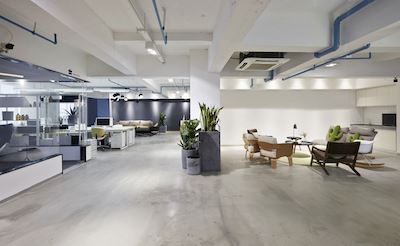It’s battle of the sexes, coming to an office near you. Whether you’re male or female, if you sit in an office next to someone of the opposite sex, chances are one of you have complained a time or two about the heating and cooling inside the building. It turns out there might be a reason for that.
Over 50 years ago, an empirical thermal comfort model was developed to guide building owners through a process to determine just how hot or cold to keep their buildings throughout the year. The problem is what worked for men doesn’t necessarily work for women. And because the majority of office buildings back in the 1960s were men, the standard doesn’t meet the requirements of a more unified occupancy rate today. 
What is thermal comfort?
When engineers design a building, they take into consideration a lot of things when designing the heating and cooling system.
- Size of the building
- Flow of the building
- Humidity levels
- Air movement within the building
- Placement of walls, fixtures, and furniture
Of course, all that can change when the next tenant moves in. So it’s a guessing game at best.
The building’s occupants will also impact thermal comfort. And that depends on individual factors, including:
- Body size – height and weight
- Metabolic rate
- Clothing
- Activity levels
- Personal preference
In short, there is no way to make everybody happy inside a busy commercial property. A lot of it will be left to an individual’s discretion, supplementing their needs by wearing more clothes or pulling the blinds closed.
But you can ensure your heating and cooling system is as energy efficient as possible and being maintained on a regular basis. Problems often start when systems aren’t properly maintained. If equipment leaks and ducts aren’t delivering adequately conditioned air, the complaints will begin just as quickly as the temperatures rise or fall.
When was the last time a technician evaluated your heating and cooling system?

